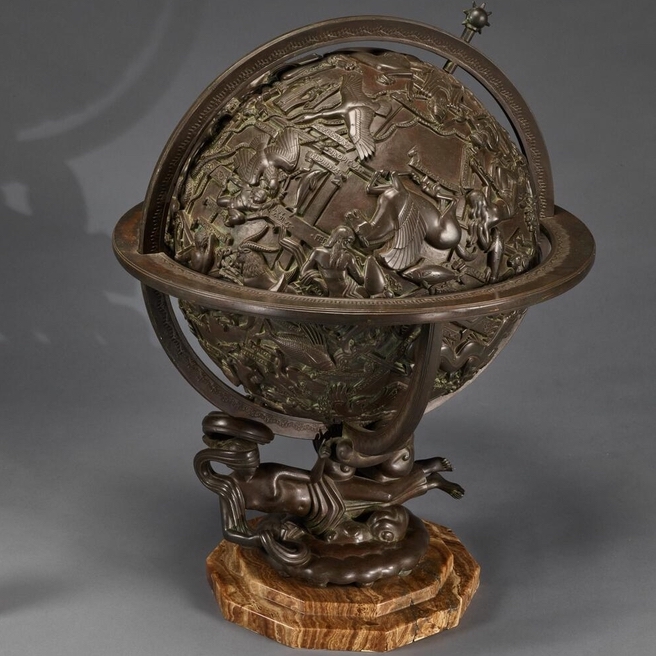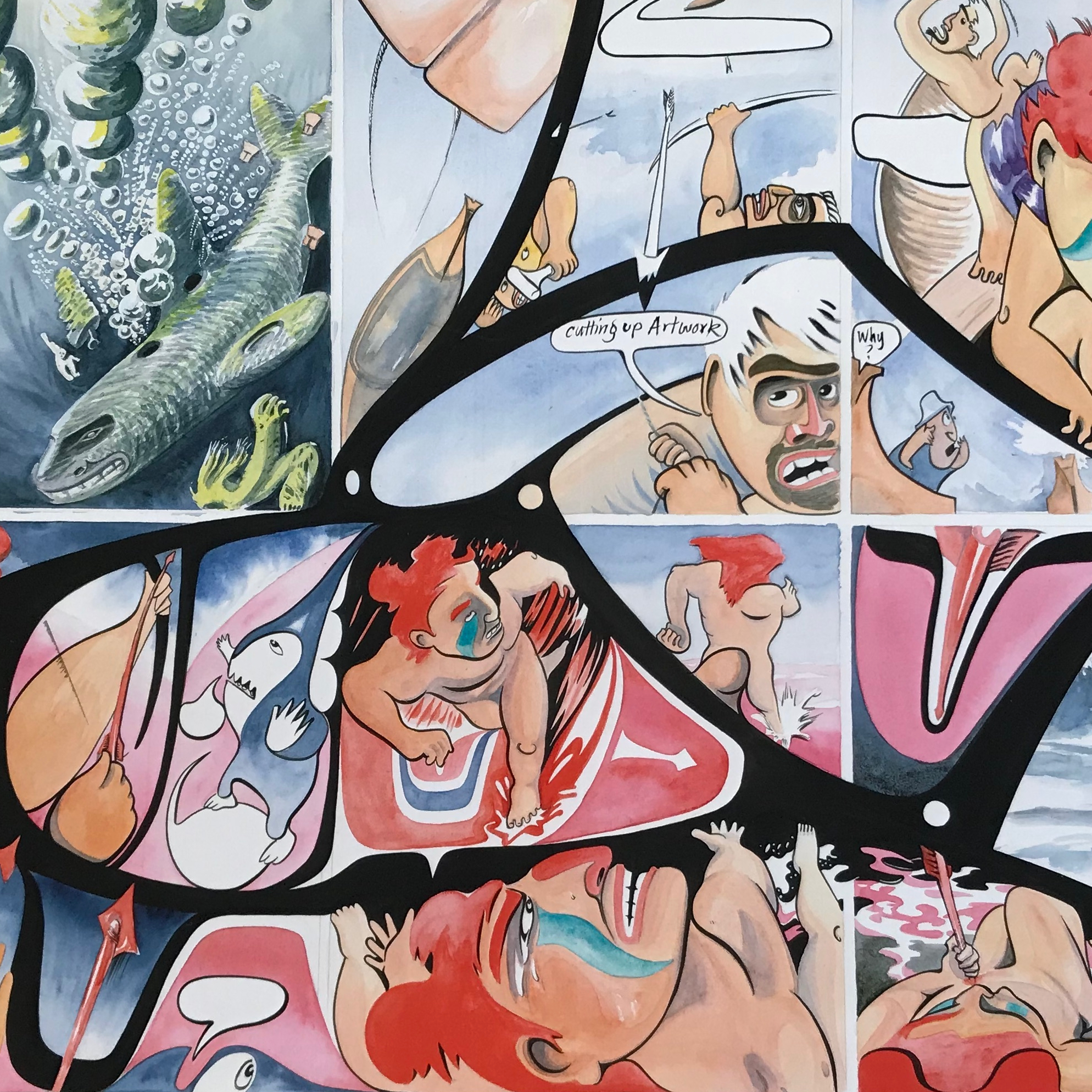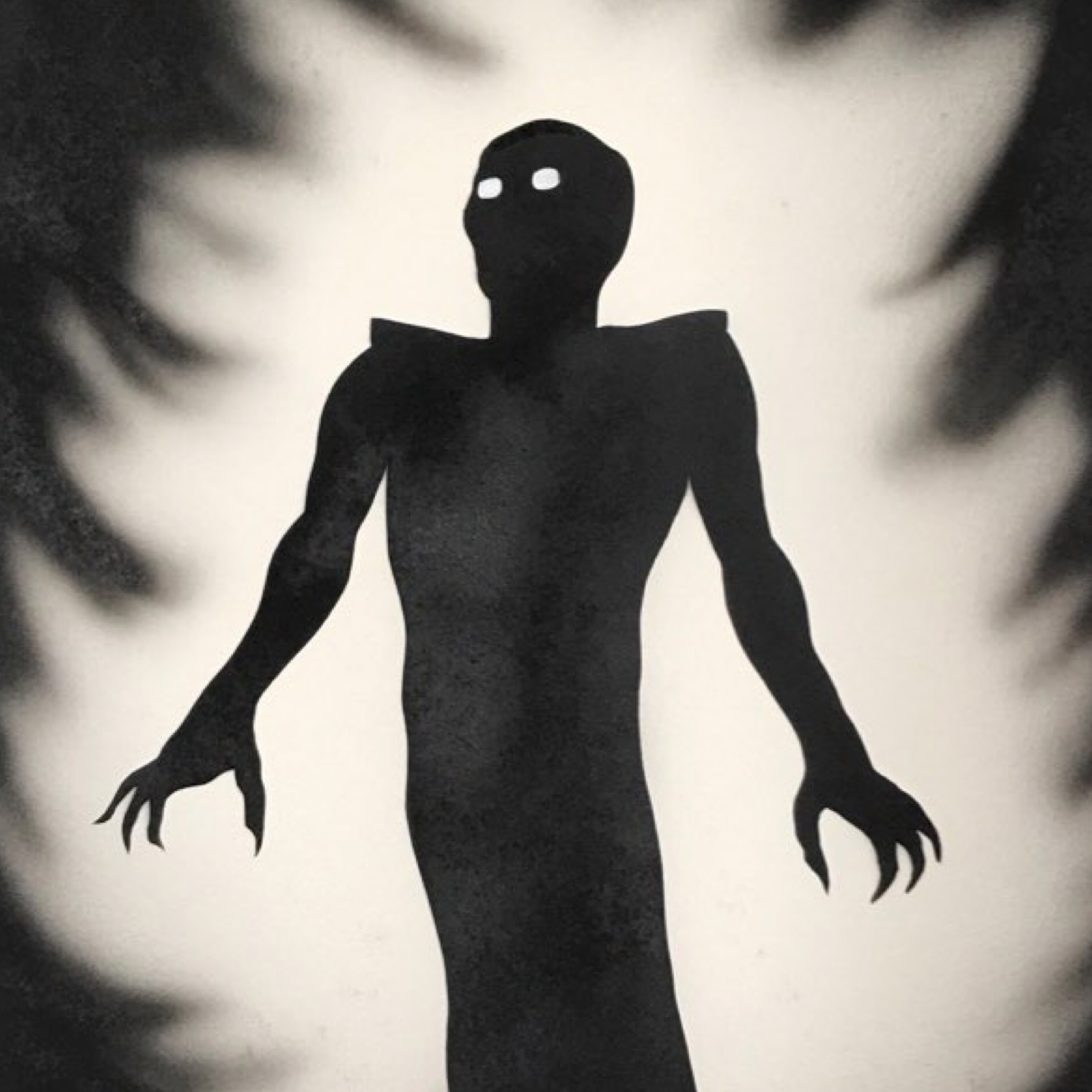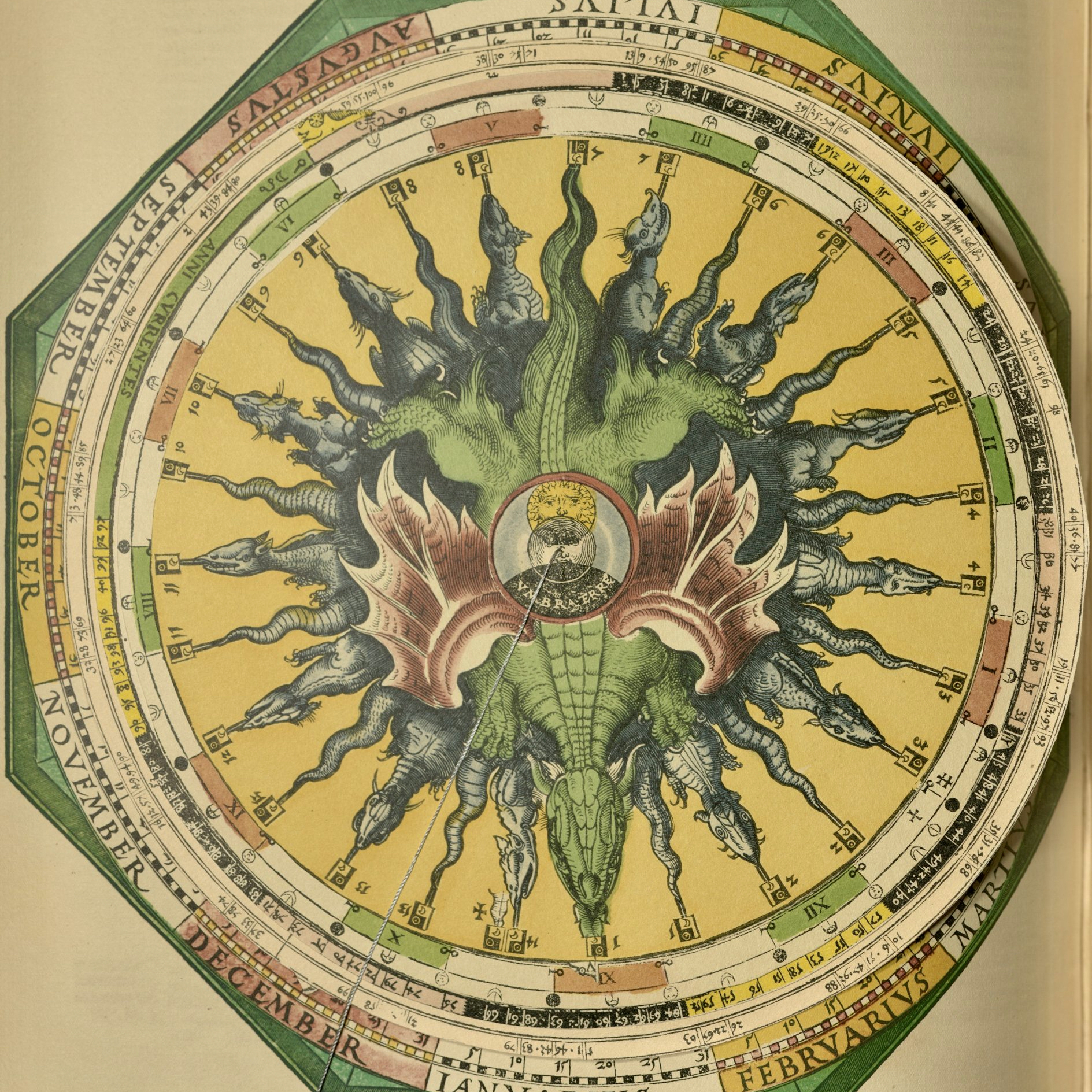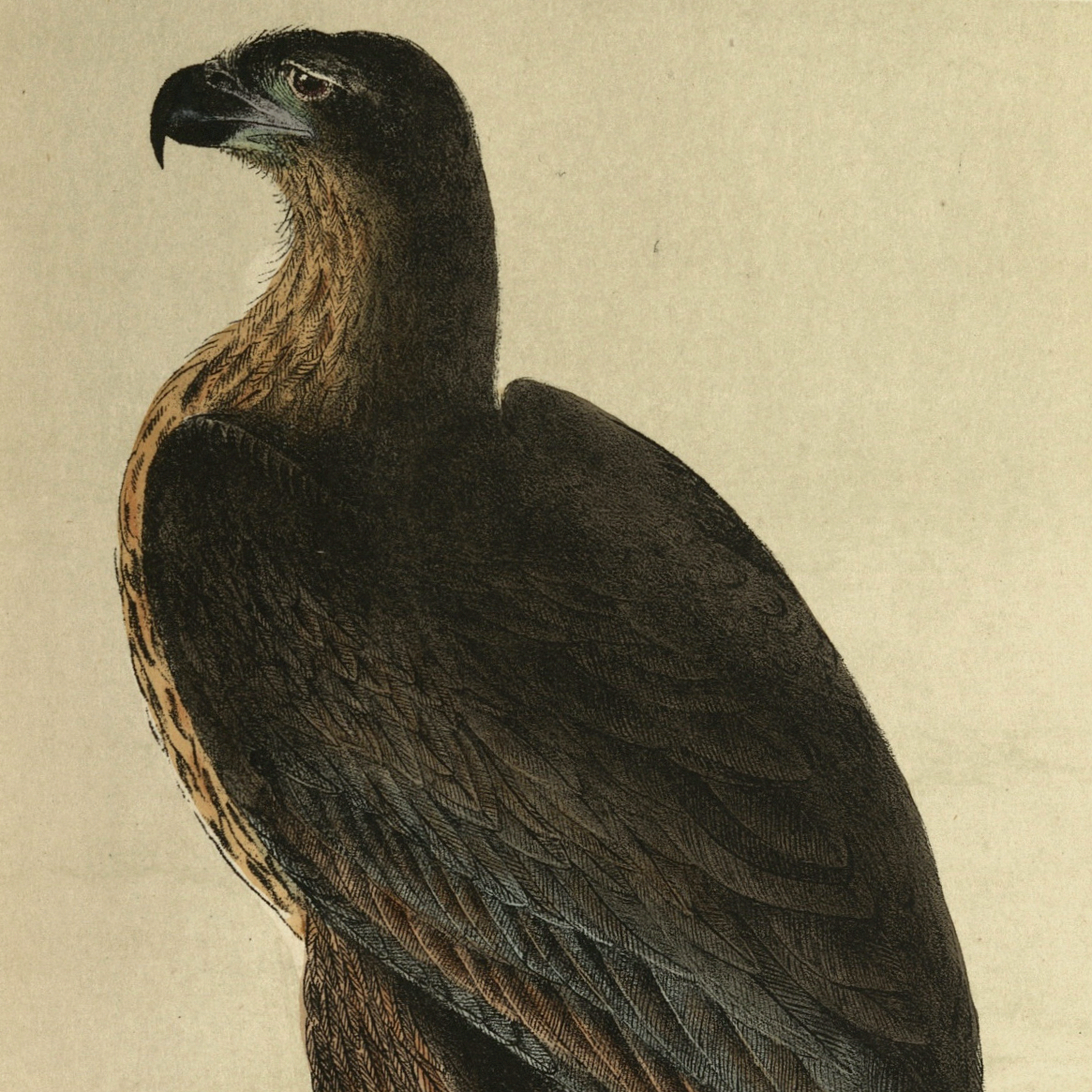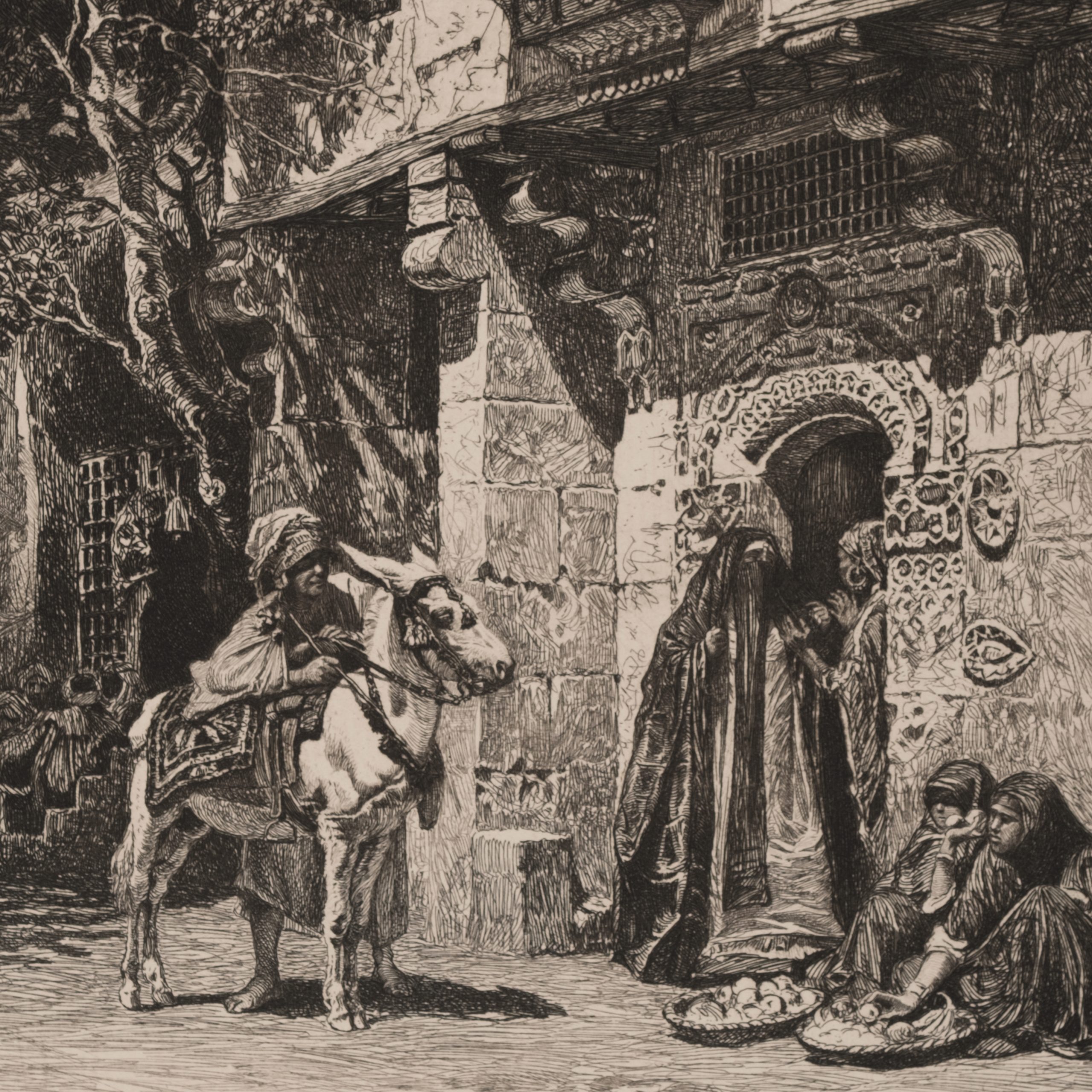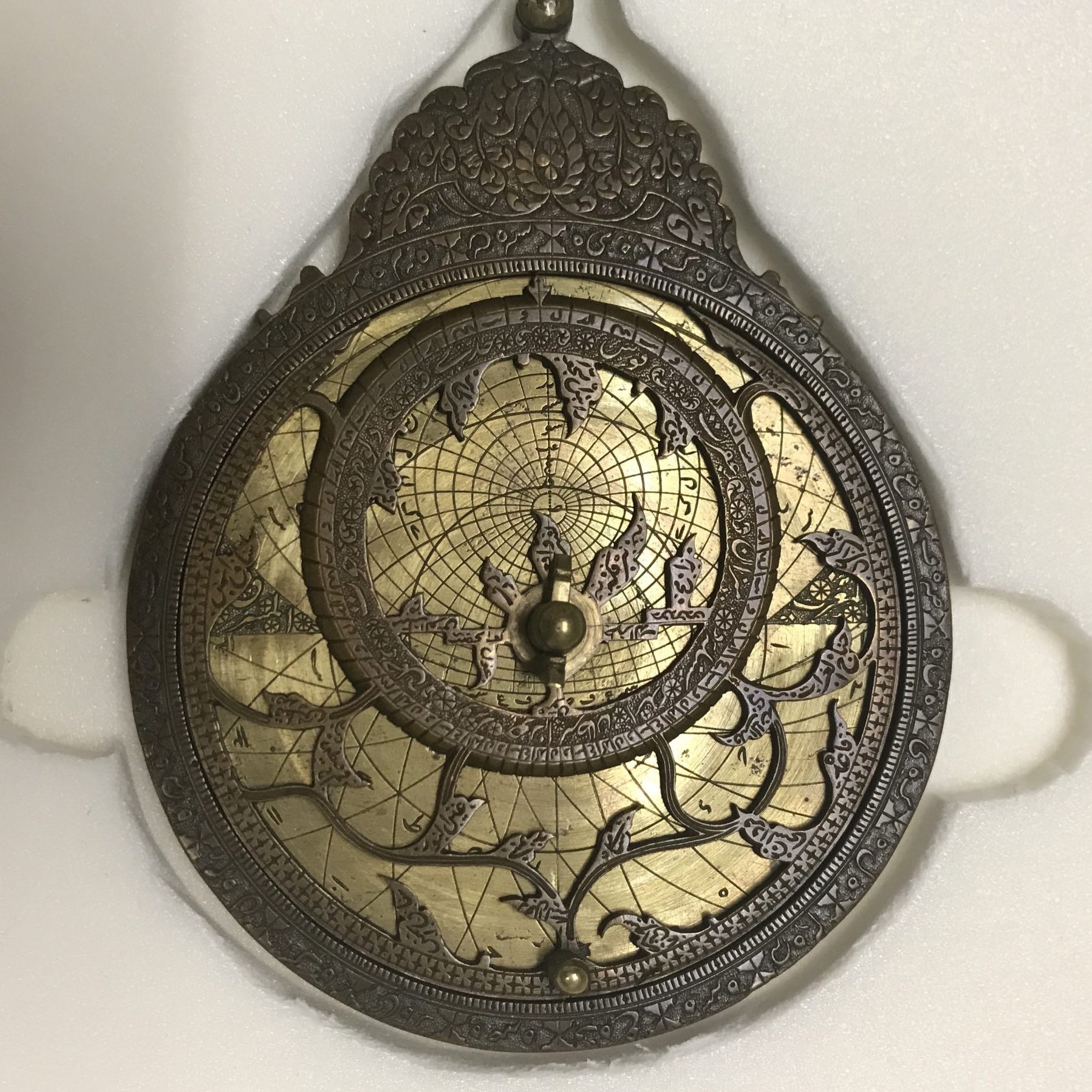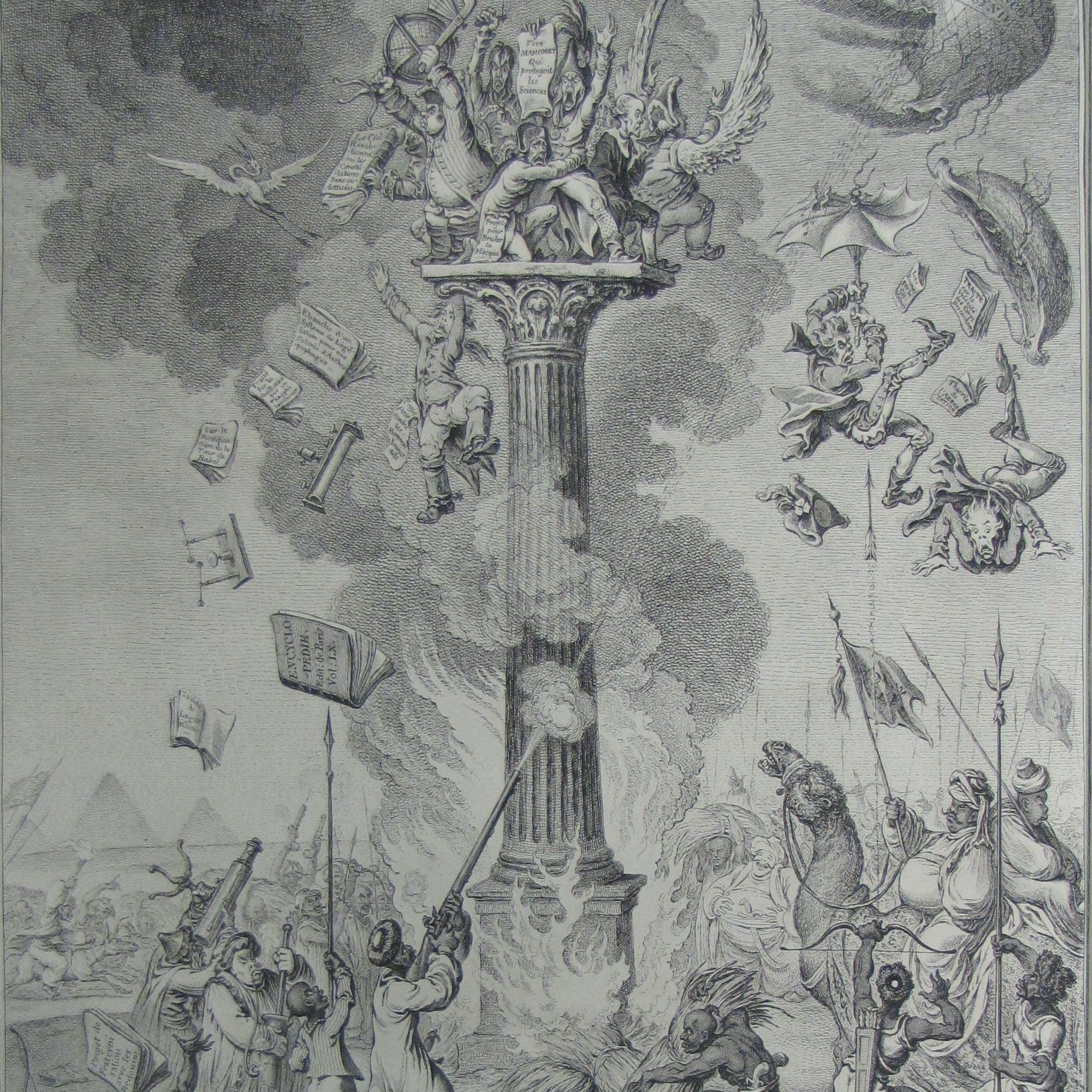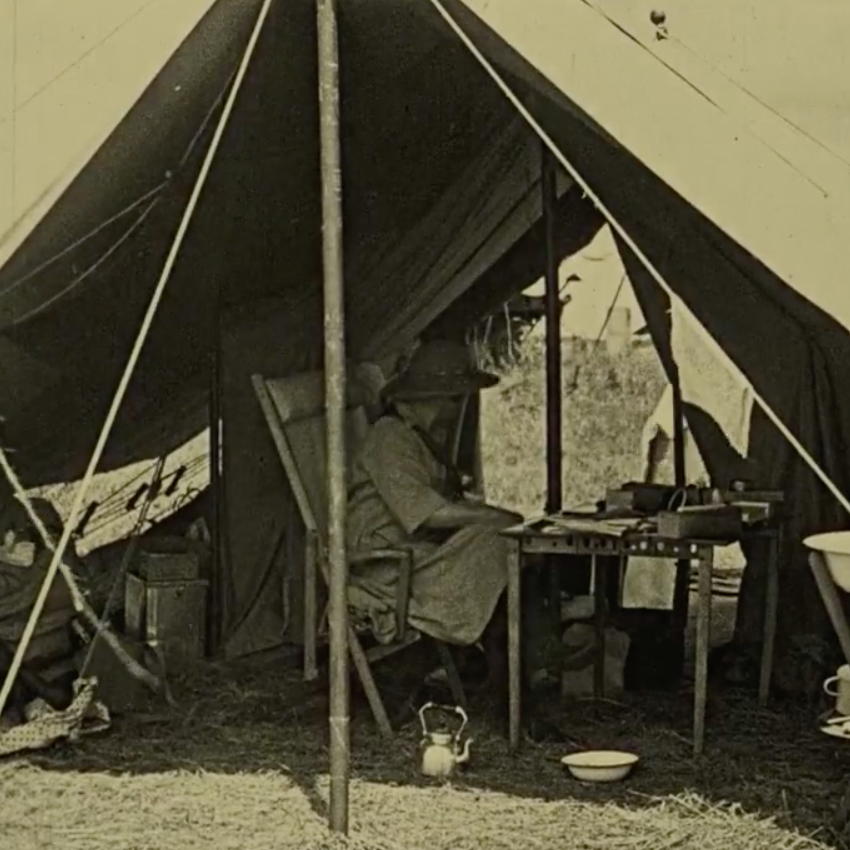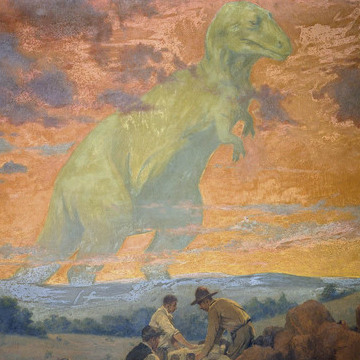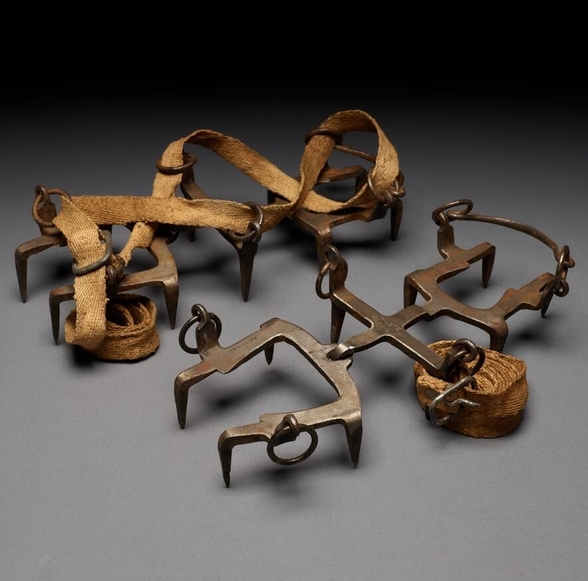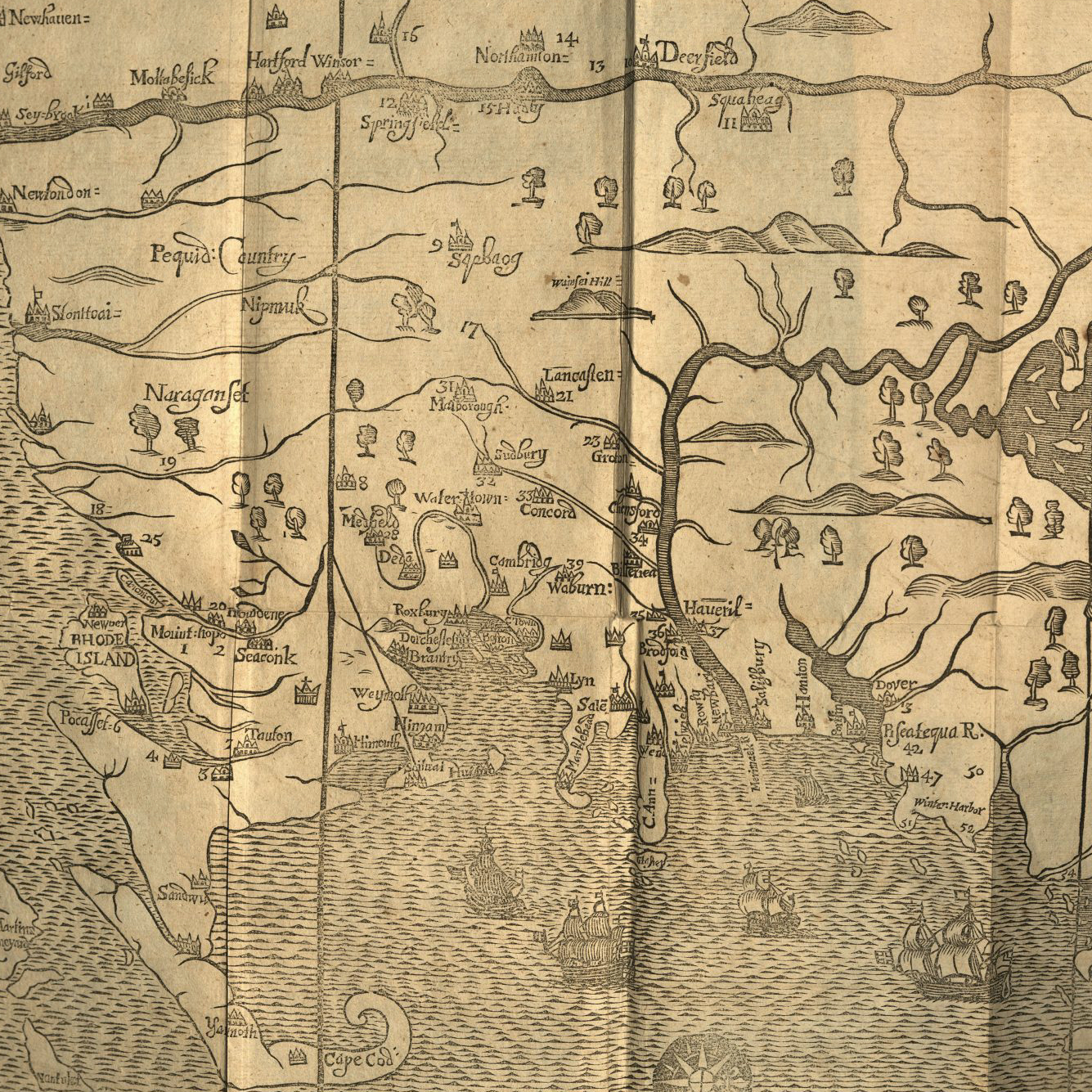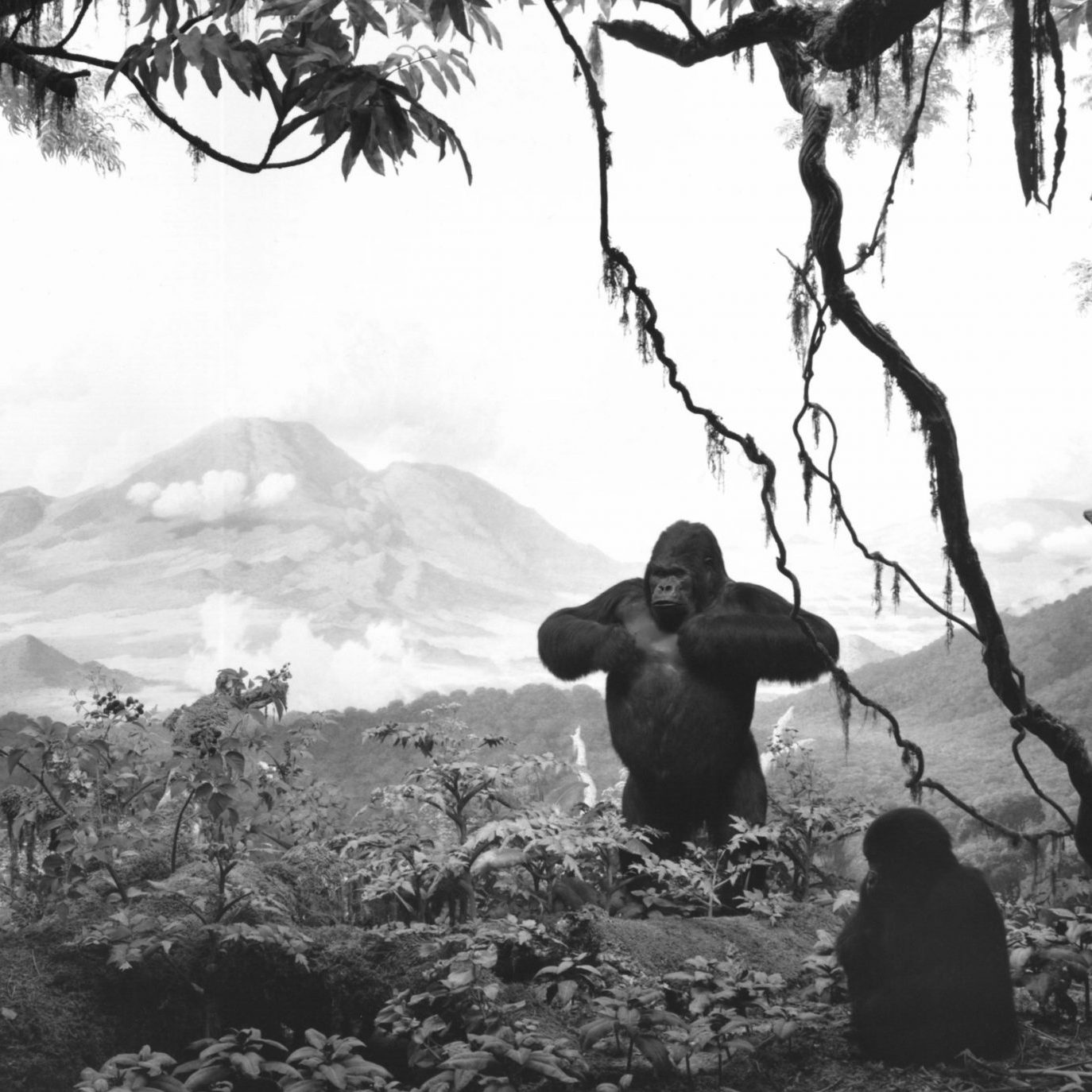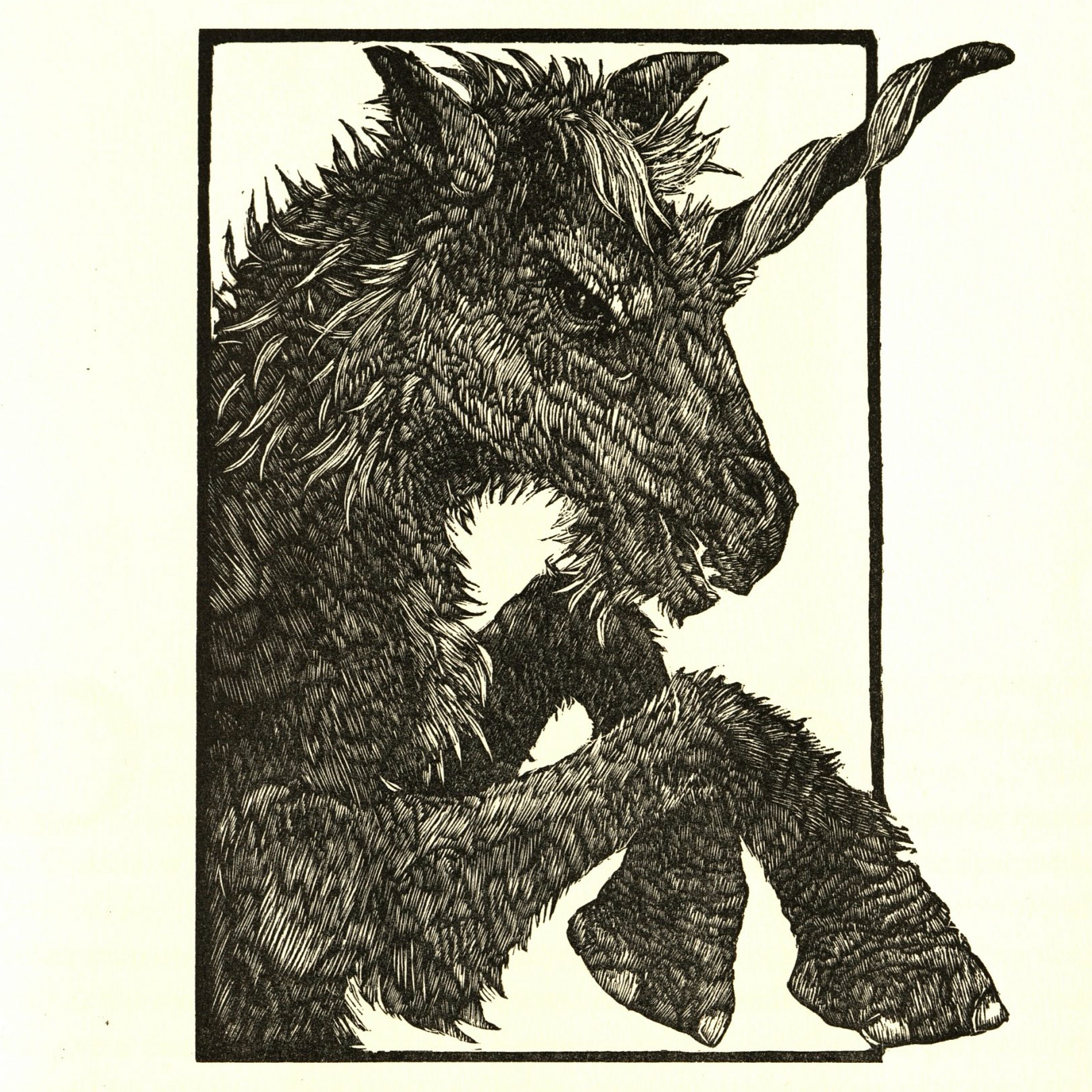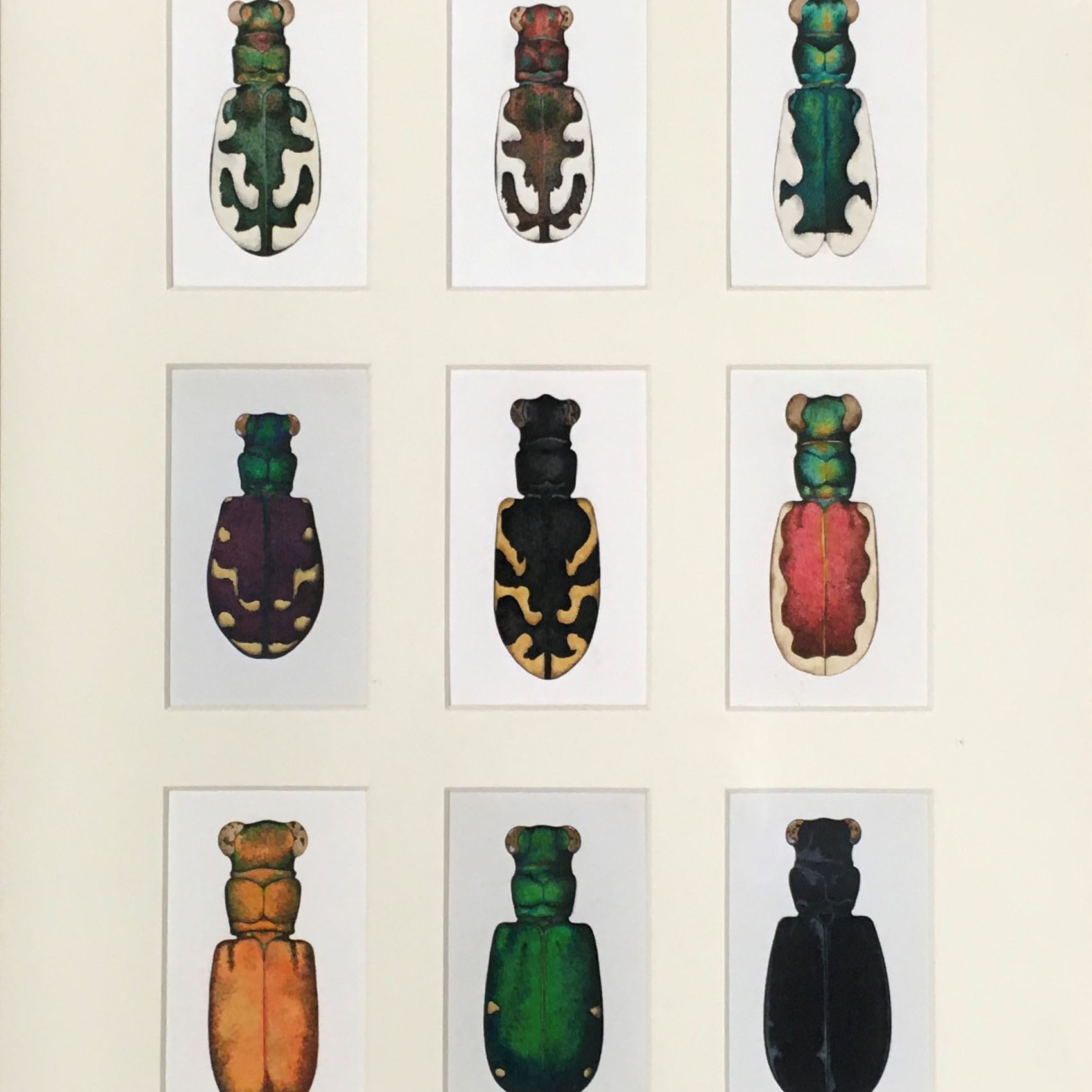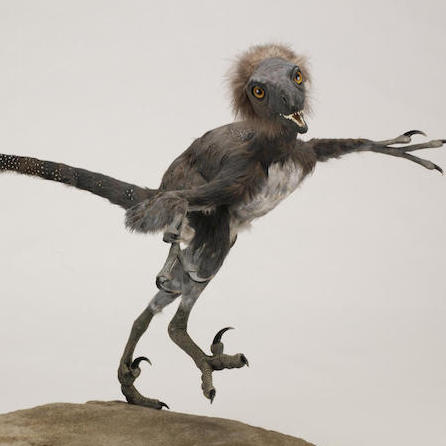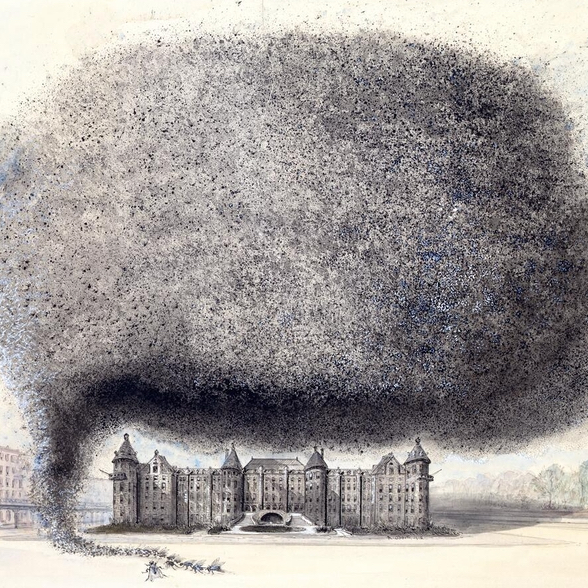Space Shows in the original Hayden planetarium were theatrical events with elaborate scripts with cues for the Zeis star projections, projected films, rear-view projections, fog machine and music. Planetarium artists painted numerous images that were then photographed and presented as transparencies that were projected on the dome to help illustrate the story.
UFOs, or “Unidentified Flying Objects,” inspire fear, wonder and curiosity. In the 1940s, the FBI and the US Army investigated several reported sightings of disk-shaped saucers, including a small saucer with a 30.5” diameter discovered in Twin Falls, Idaho.
More recently, in November 2004, the US Navy investigated reports of “anomalous aerial vehicles” flying more than 80,000 feet above the US Navy’s missile cruiser the USS Princeton.
UFO "5052"
Circa 1960s
12 x 10 1/12”
Helmut K. Wimmer (1929–2006)
Air brush technique, poster paint on illustrator board
In pencil LR UFO on reverse
The pilots dispatched to investigate reported witnessing at least two objects. One object was visible beneath a surface of crashing waves, while another object, whitish in color, about 40 feet long and oval-shaped, was seen jerking erratically about 50 feet above the water. The US Government released a report in 2021 that there was no direct evidence for alien visits but also said that it could not discount it.
What kind of extraterrestrial creatures might be exploring Earth with disk- or oval-shaped flying vehicles? We tend to imagine humanoids with strange-to-us skin of a greenish hue. Or we imagine massive part-human, part-fish, part-insect creatures with exoskeletons and a mouth full of teeth. When imagining the unimaginable, we like to borrow from Earth’s own creations. For example, film director Ridley Scott’s alien from Alien (1979) has limbs just like ours and a monstrous fish-like head with row upon row of slobbery teeth. The result is an utterly terrifying, but not altogether foreign creature.
The image of a UFO was part of a space show at the AMNH. It is worth asking, however, what scientific knowledge or value can be seen in works such as this? Museums now, including the AMNH, would likely not use such an image, as it would be seen as too artistic, too fantastic, too unscientific and unconnected to hard data. But is a museum merely a place to reflect what is known, or is it a place to inspire people to think of what could be? What happens when science and data is actually limiting? Does it make us miss truths that could be right in front of us, or in this case, right above us?
Alien Silhouette "5052"
Circa 1960s
10 1/12 x 12”
Helmut K. Wimmer (1929–2006)
Air brush, poster paint on illustrator board
10 1/12 x 12”
In pencil LR ALIEN on reverse
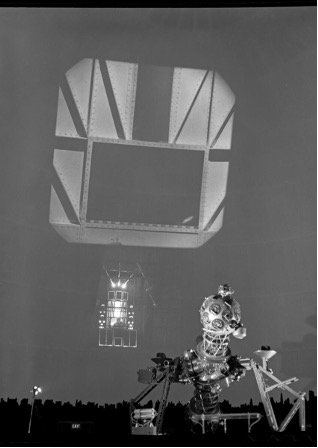
Artwork was created at the Museum’s Hayden Planetarium by artists to use as projections in presentations in the domed theater. This image shows the Zeis projector in the Hayden Planetarium with projections showing a fictional spacecraft used for the Mysterious Mars show in 1941.
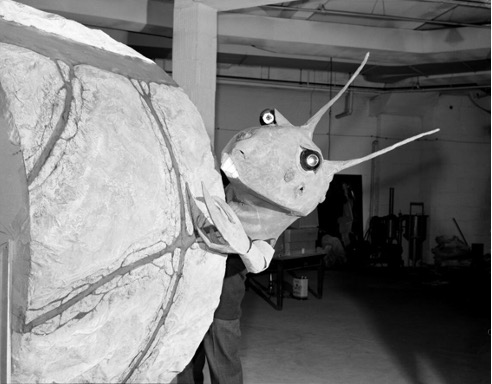
Planetarium artist Walter Favreau created this Martian costume and surface of mars model for the Mysterious Mars space show in 1941. In an early immersive experience, during the show a staff member would surprise the audience by wearing the costume. The rotating model was filmed to use as a projection on the planetarium dome surface.
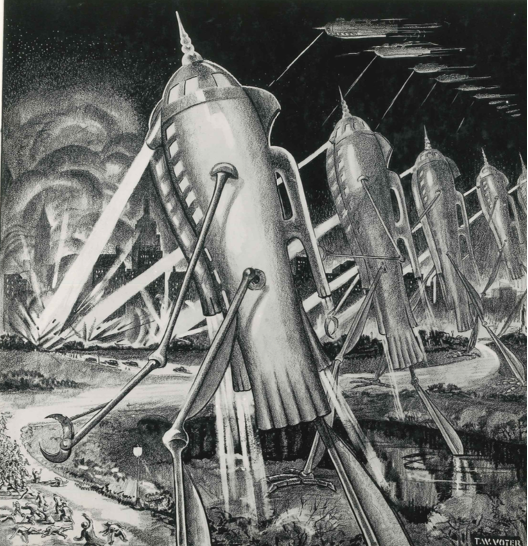
AMNH artist Thomas W. Voter created this graphite drawing in 1938 as a response to the War of the World’s radio broadcast that supposedly caused panic among its listening audience with a realistic description of an alien invasion from Mars. This drawing was made into a slide and projected in the Mysterious Mars show. The drawing is presently not in the Museum’s collection but survives as a photographic negative.
The AMNH still includes programming with lectures, school programs and space shows that explore the possibility of life outside of the Earth.
Helmut Wimmer was born in Munich, Germany and at the age of fourteen was apprenticed as a sculptor and model maker. At eighteen he was drafted into the German Army and served with Alpine troops. At the end of WWII, while trying to get back to his home, he was captured by Czech partisans and turned over to the Soviets as a prisoner-of-war.
For over four years he was held in captivity, working in various labor camps in Czechoslovakia, Hungary, and Romania where he was put to work in various menial jobs. When it was discovered that he was an artist he was assigned to work as a sculptor in the restoration of damaged buildings in the city of Maxim Gorky.
In 1949, Wimmer was released and returned to Germany where he was also hired as a sculptor to restore war torn buildings. In 1954 , he decided to immigrate to the United States where he was able to get a job working in the Art Department of the Hayden Planetarium which he worked until his retirement in 1987.
Written by Joel Sweimler and Katrina Kish
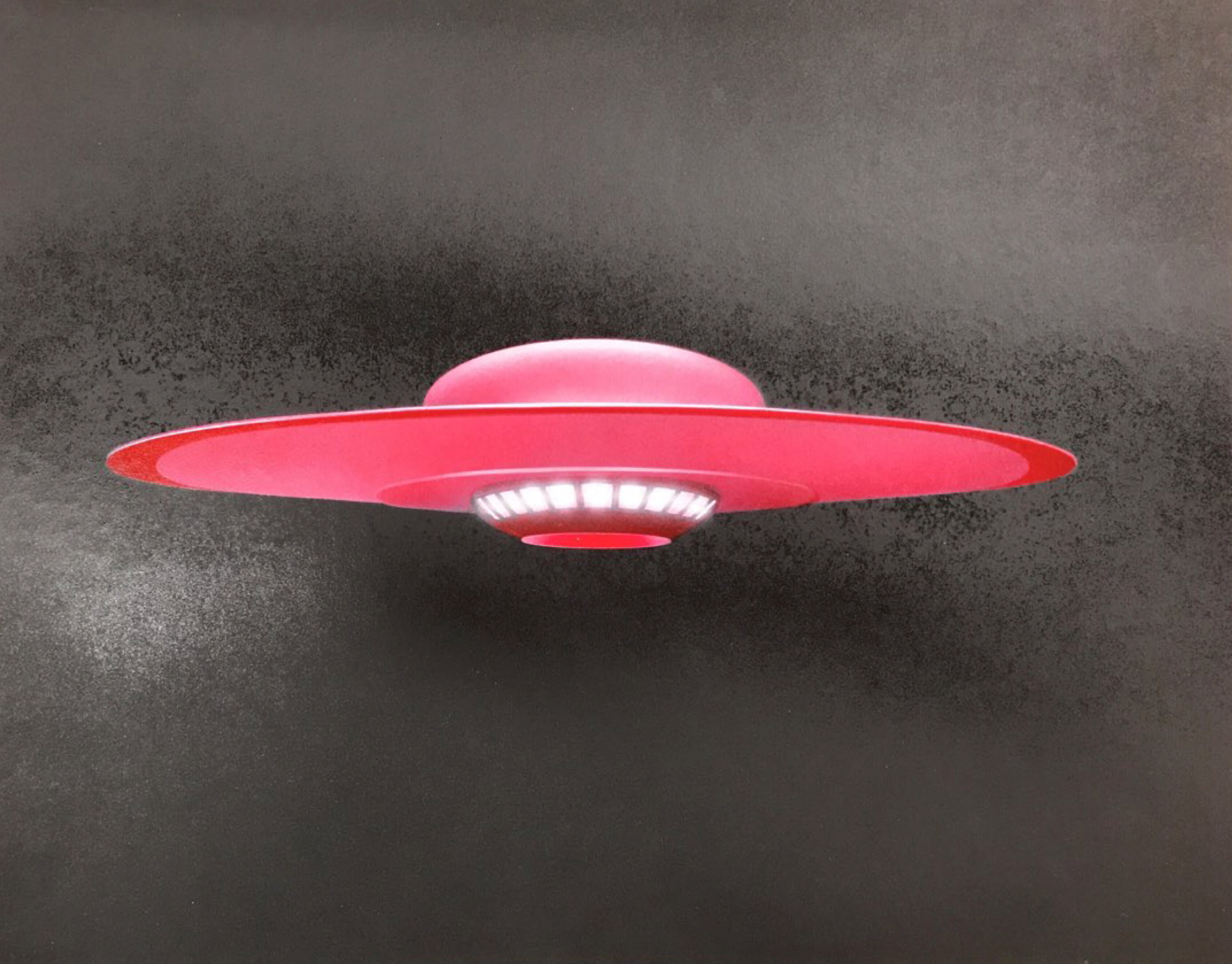


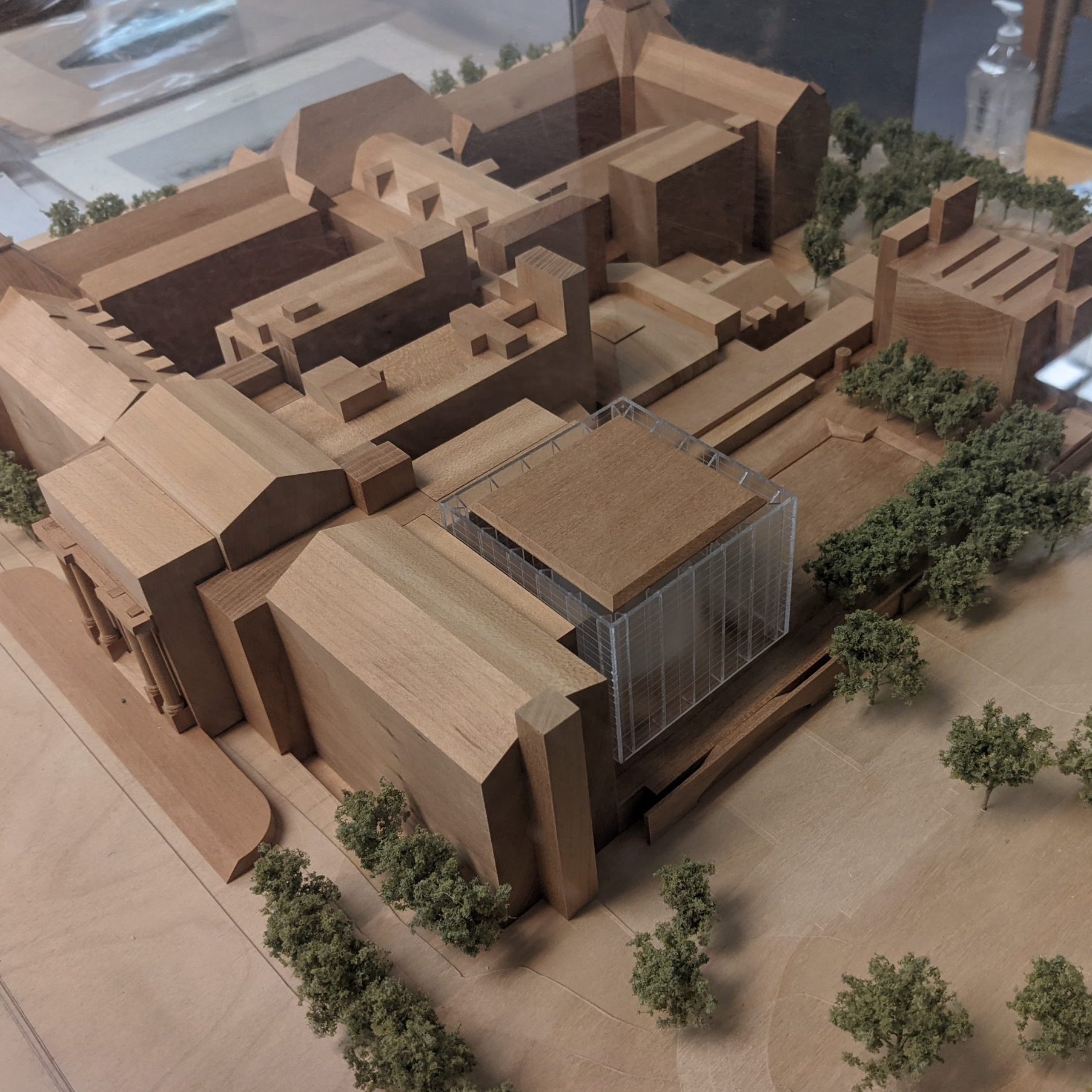

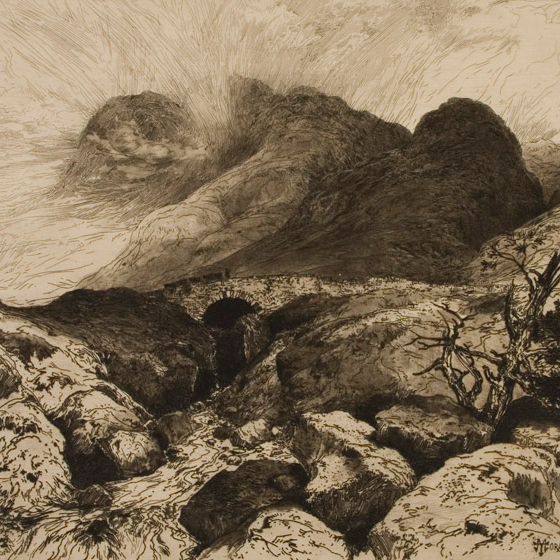
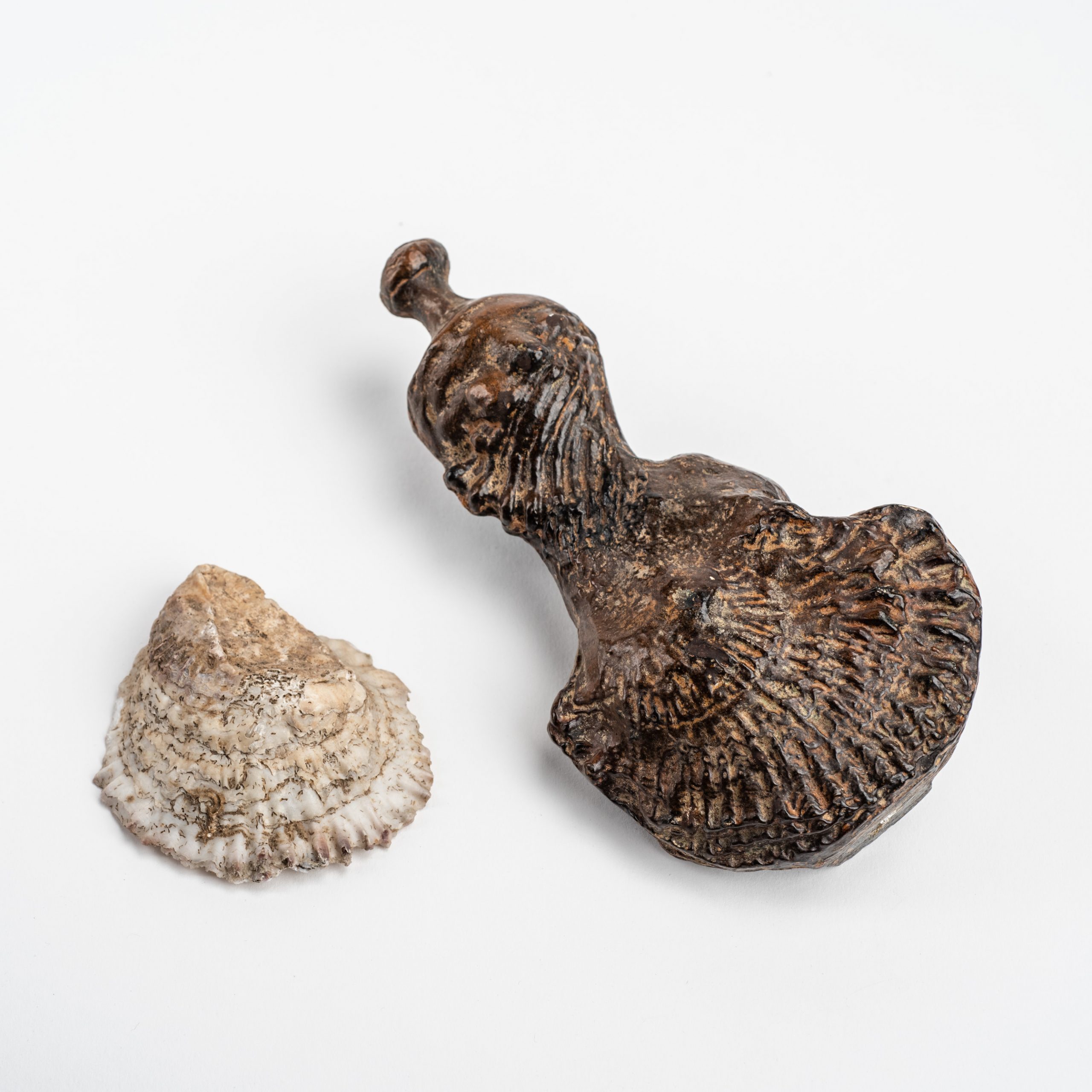
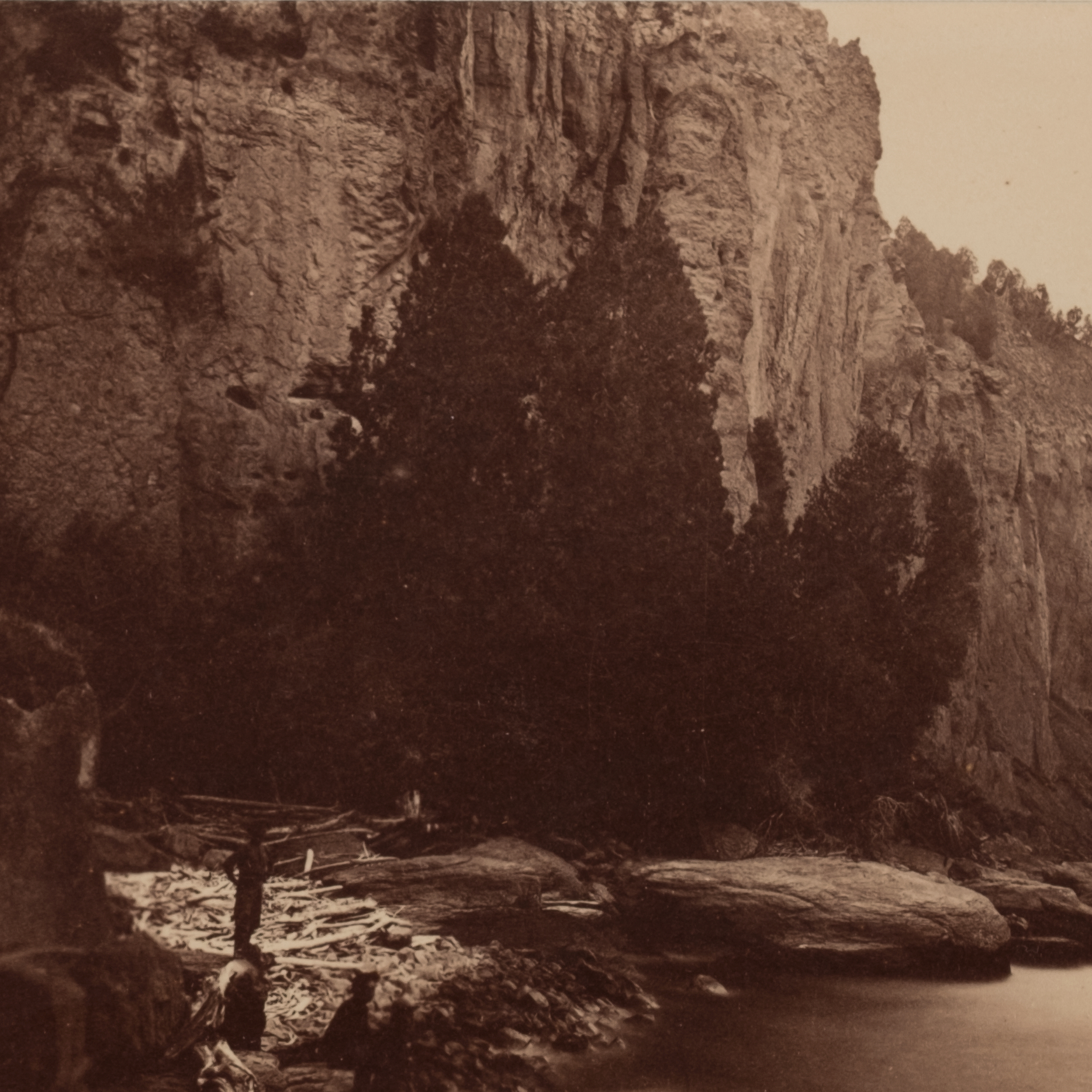
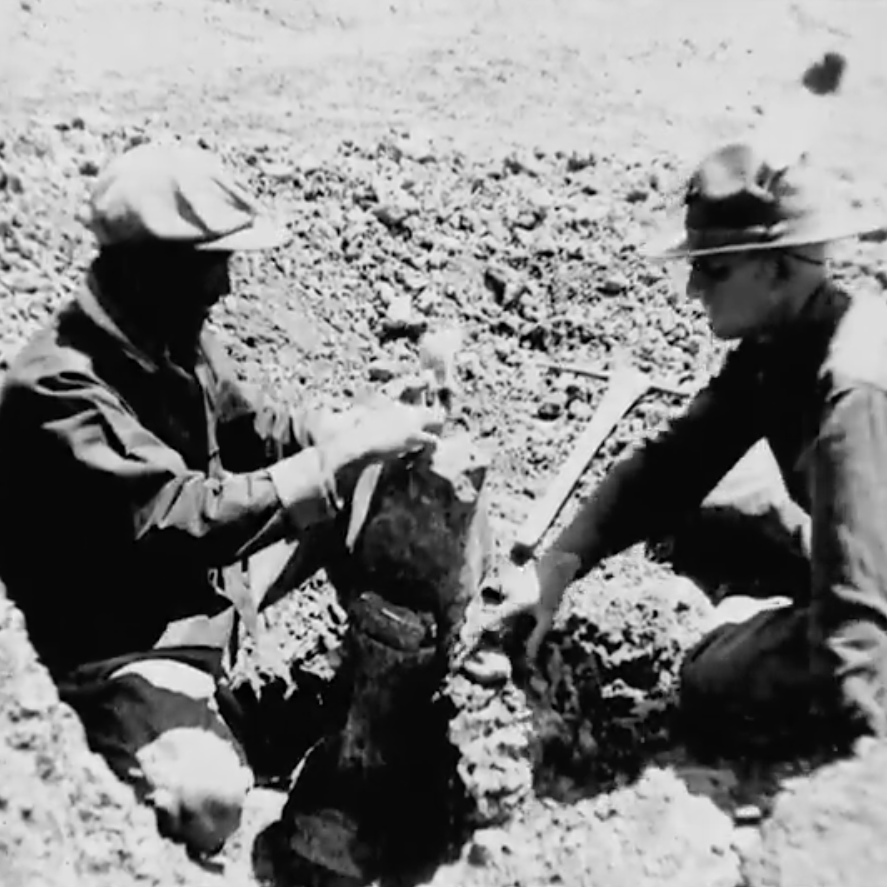
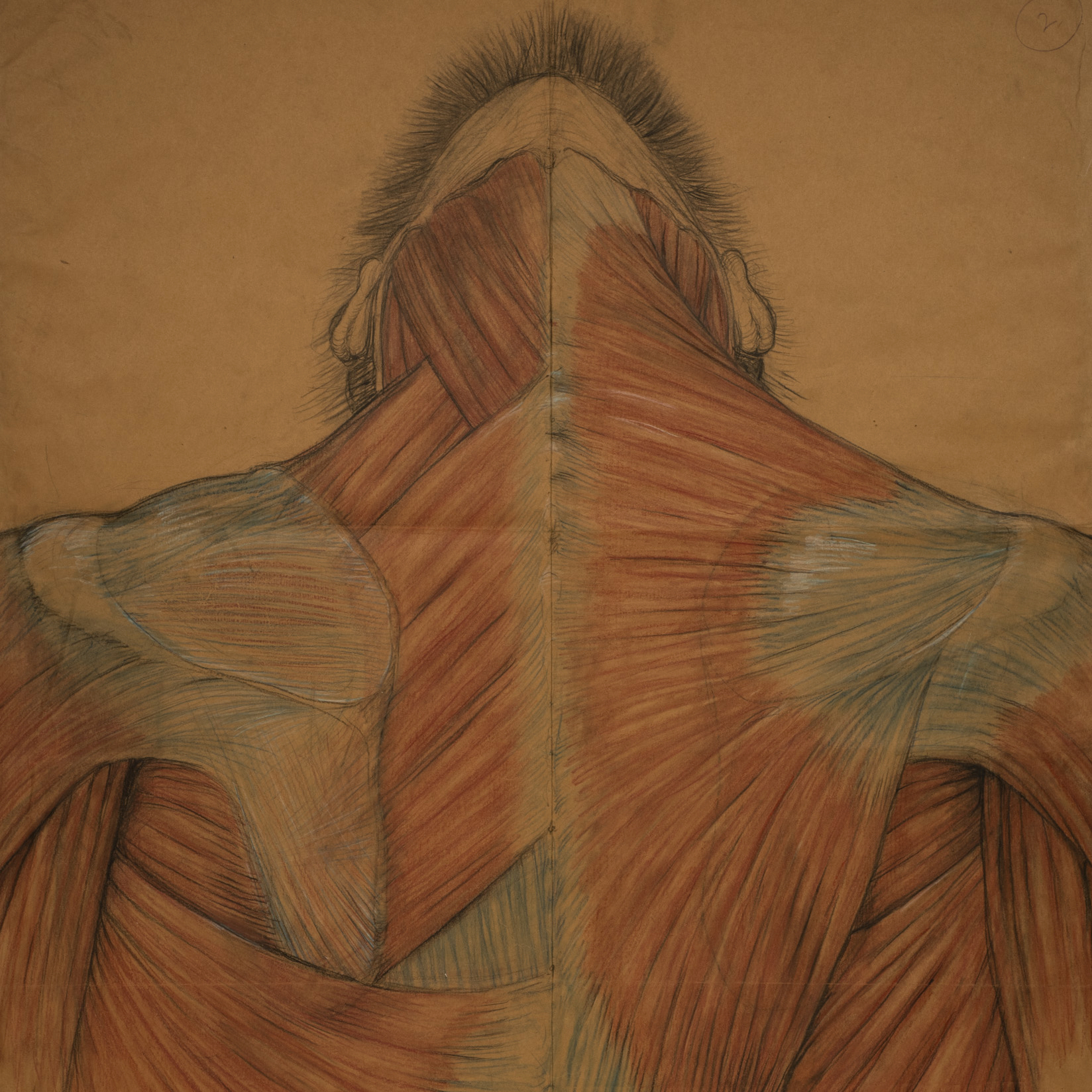
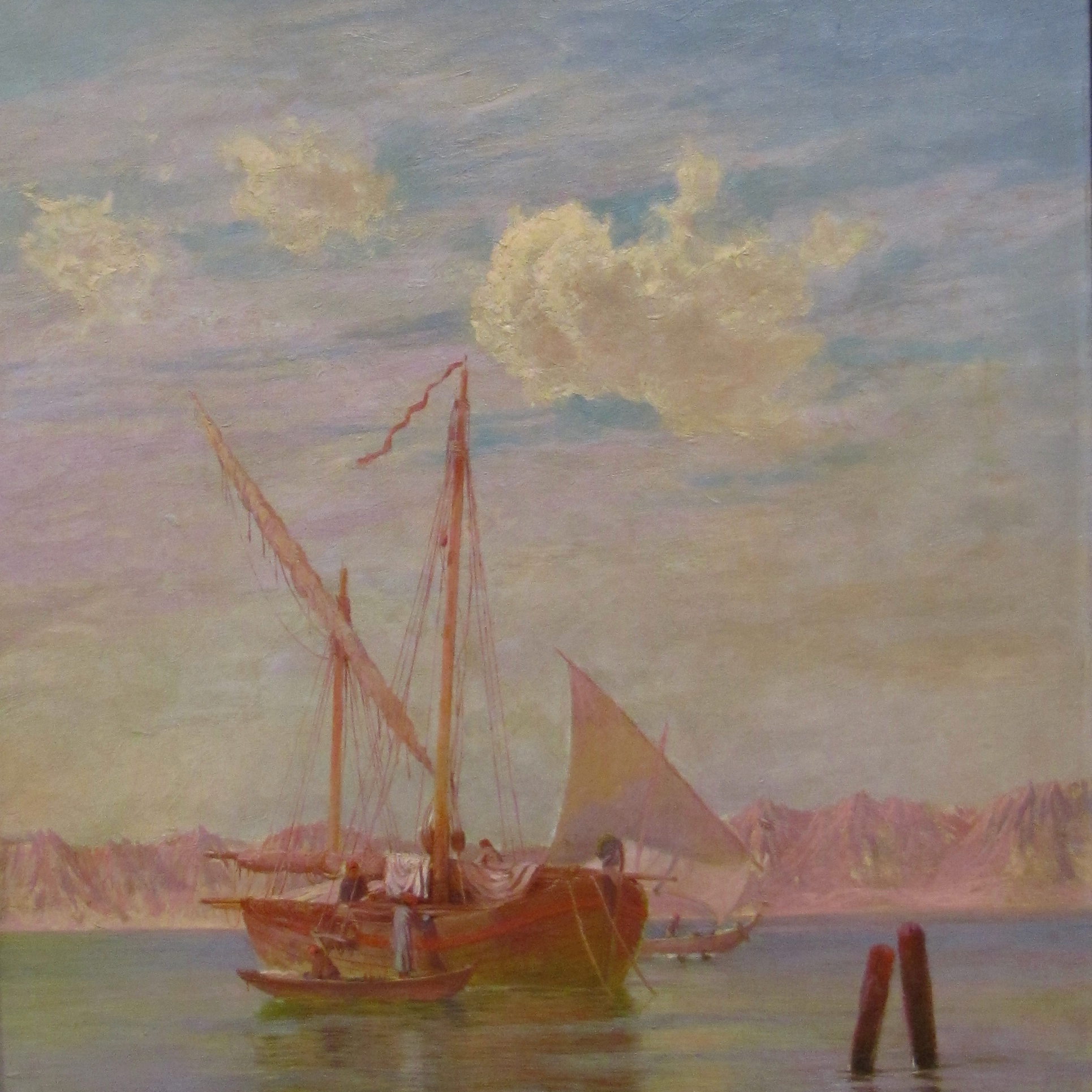
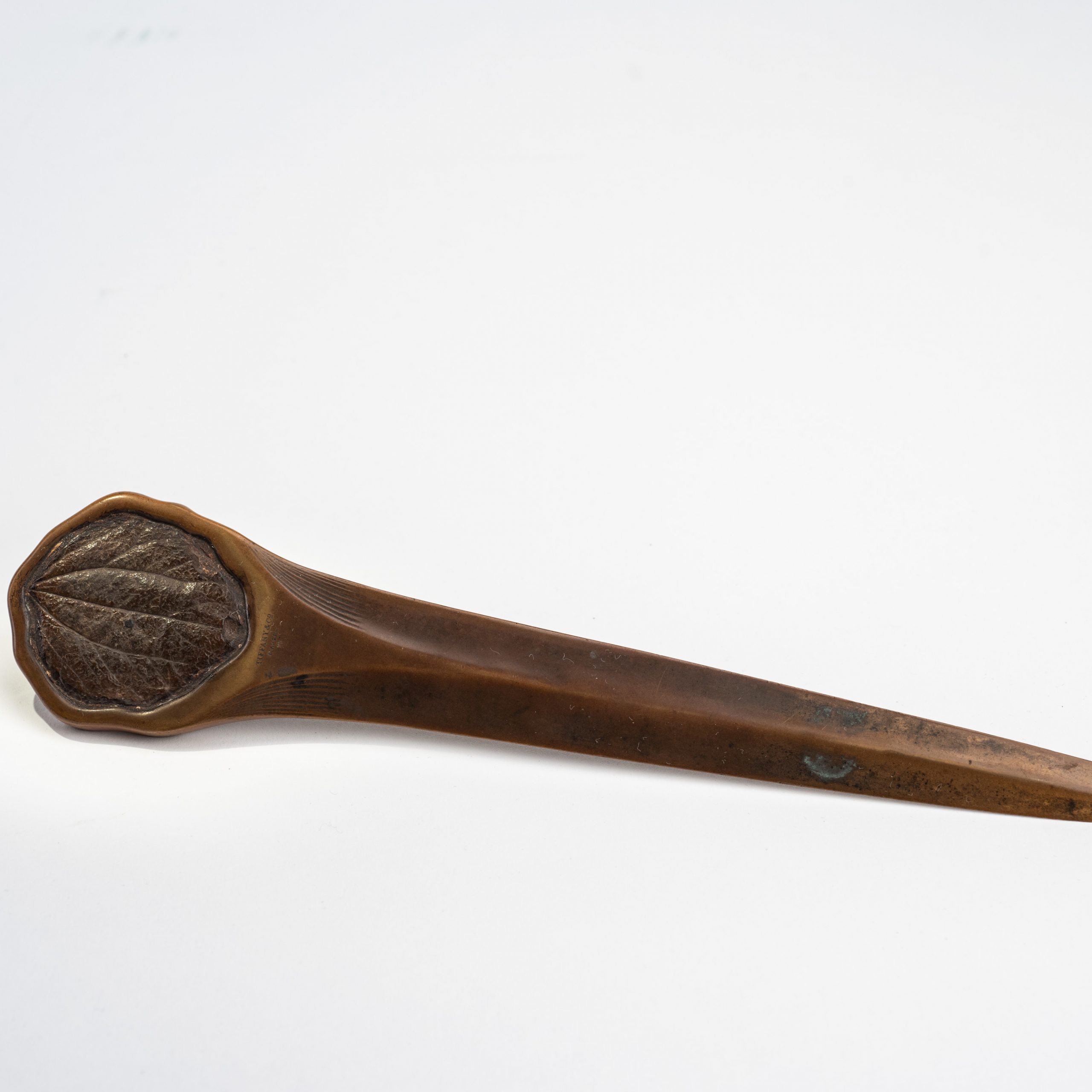

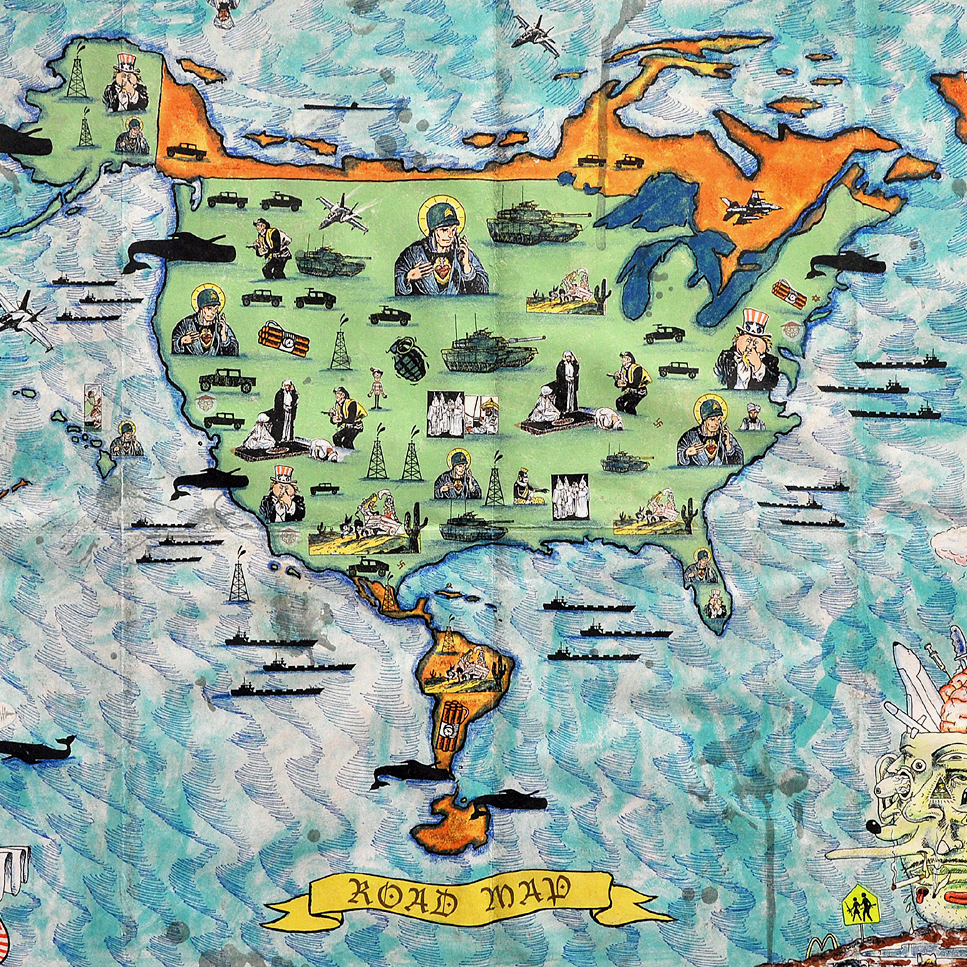

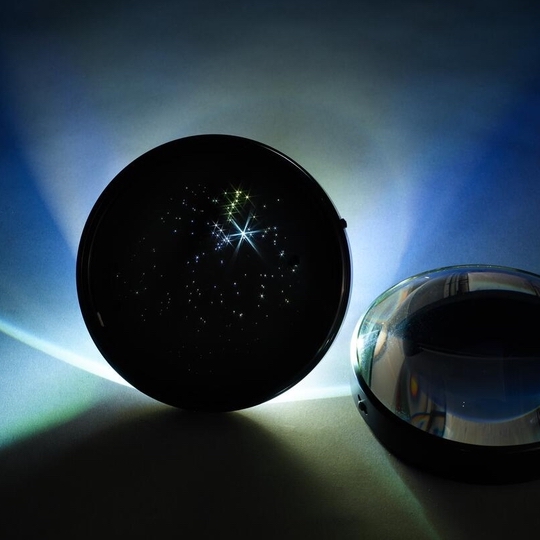
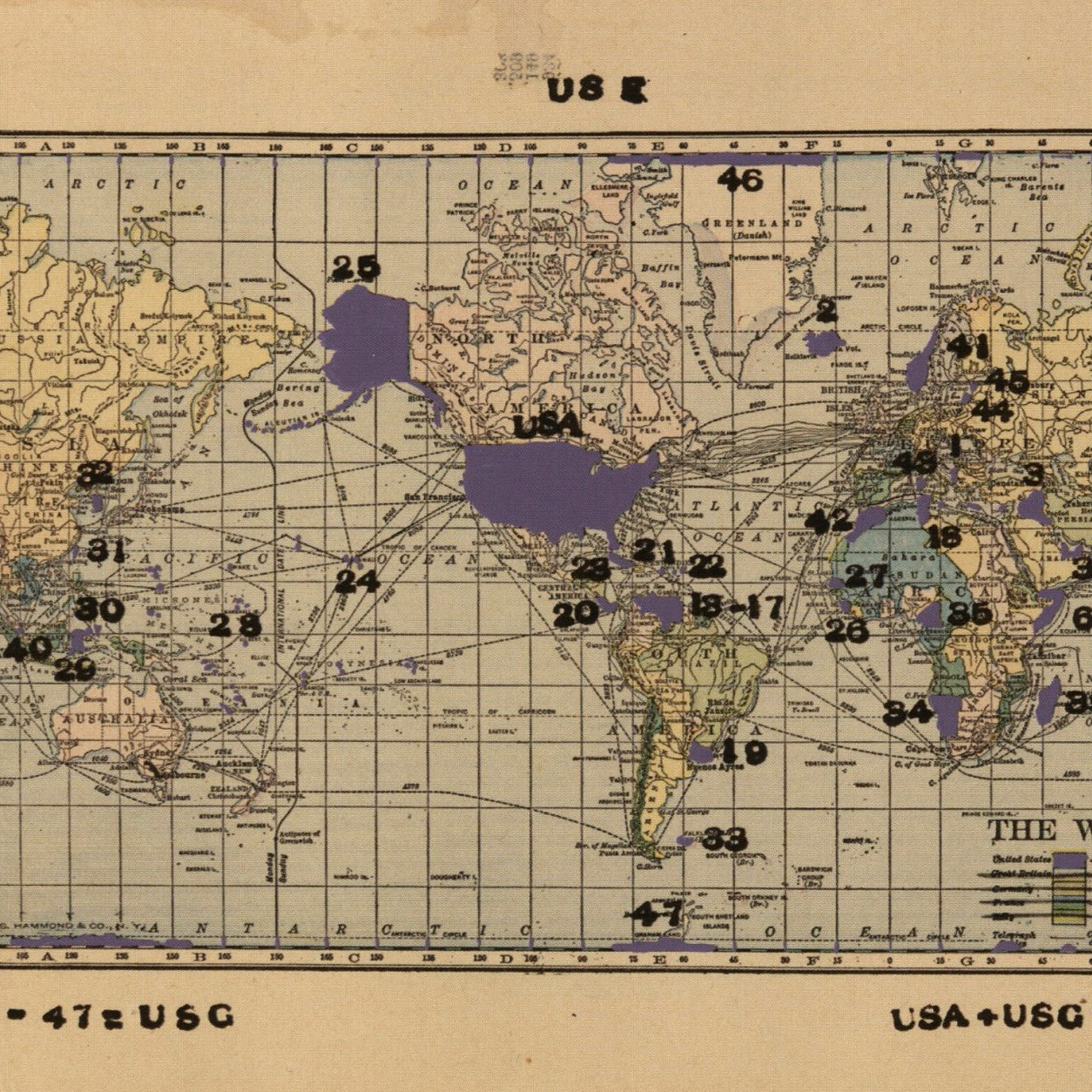


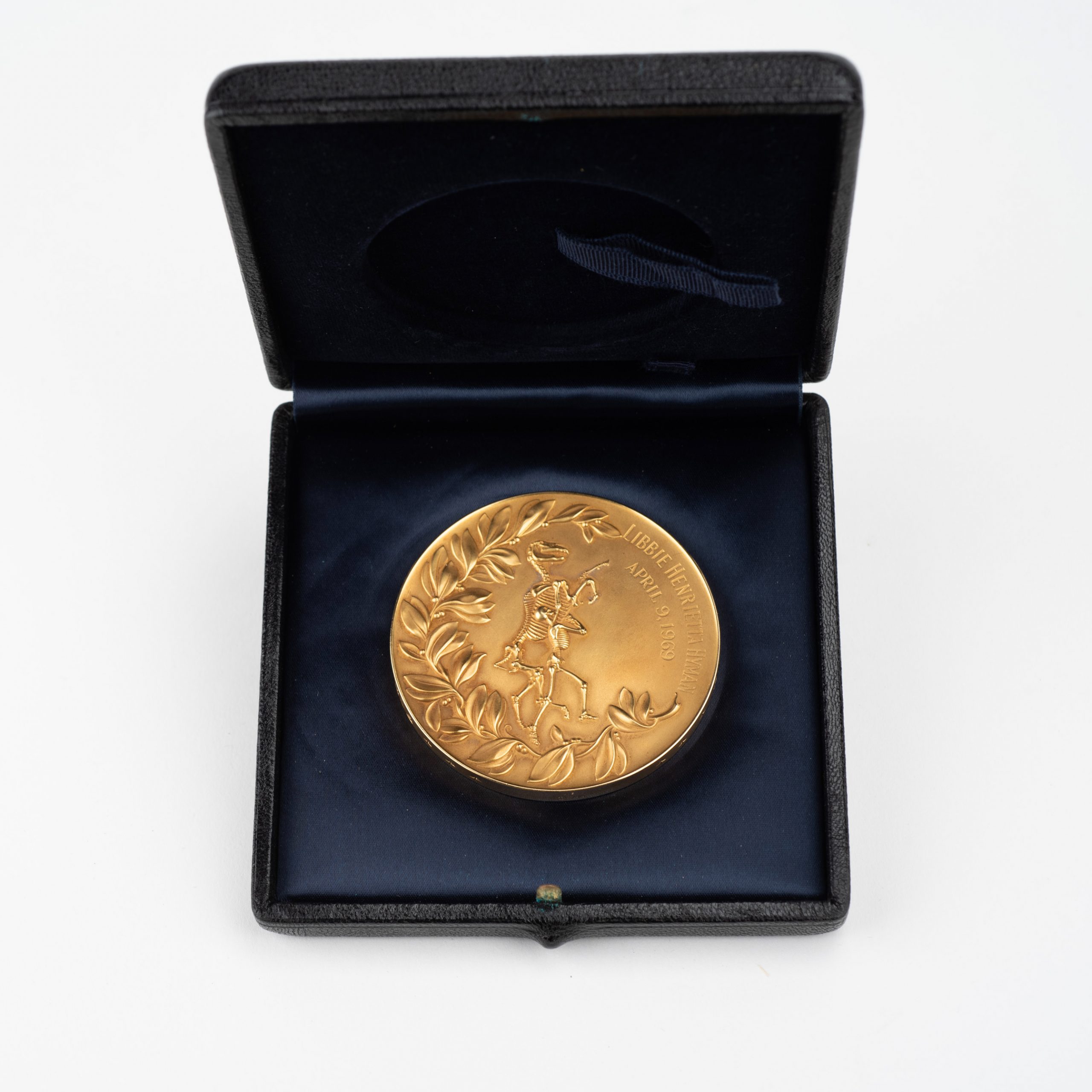
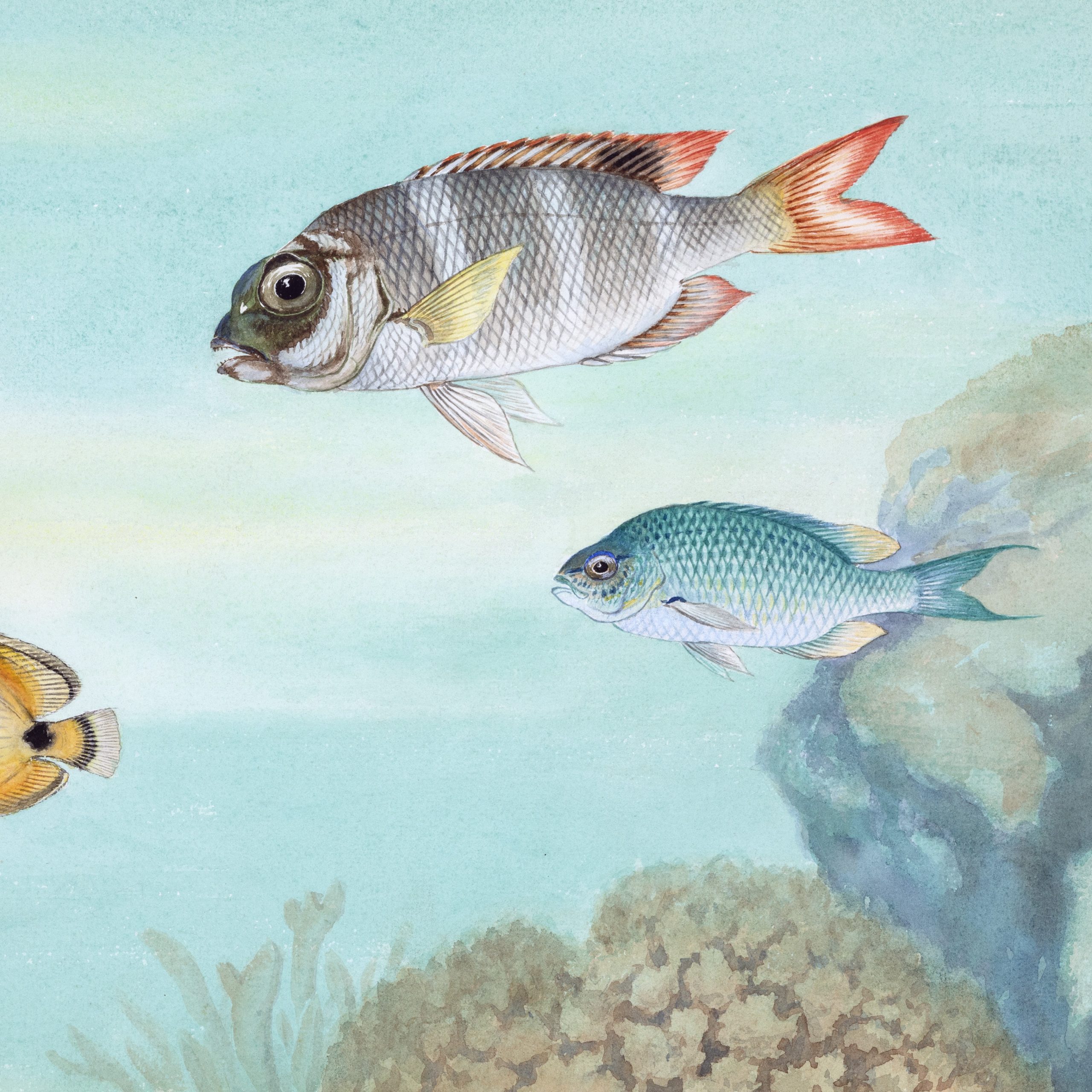
![Howard Russell Butler's [Hydrogen prominences]](https://futureoftruth.media.uconn.edu/wp-content/uploads/sites/2921/2023/01/k6584-square.jpg)
